Ancient Egyptian culture and history is filled with so much drama, you would think you were watching a season of Game of Thrones. Truth be told, Ancient Egyptian history is far more nuanced, and you could get lost researching the various dynasties of the civilization—and the many lives that lived in the old world.
If you’re curious in experiencing the best that an ancient civilization has to offer, you’ll first want to look into the many works of art dotting your preferred subject. In the case of ancient Egyptians, you’re in for a treat. Similar to the Greeks, the Egyptians were highly prolific with masterful works of art. Here are a few of the very best examples, offering a little peek into the lives of ancient Egyptians!
The Mask of Tutankhamun
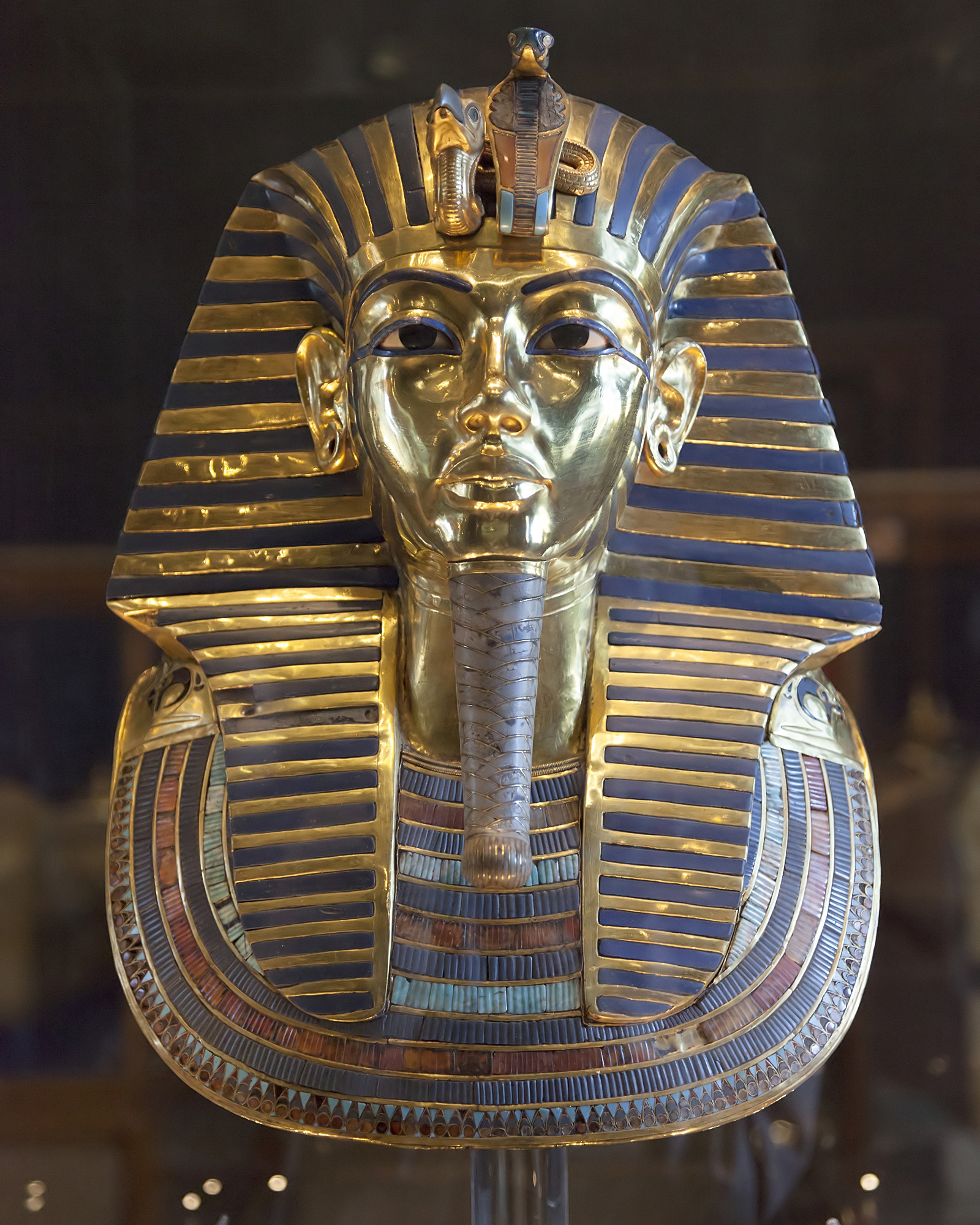
One of the best parts about the great works of art of ancient Egypt is how it tells a story. Many works of art in civilizations such as Greece have unknown origins, leaving people to speculate. In the case of the Egyptians, the stories behind the artifacts are much more concrete.
For example, the Mask of Tutankhamun is considered to be one of the greatest archaeological finds, alongside most other things connected to the boy king, Tutankhamun. Many of the items acquired from the tomb look like they’ve only been around a few years—not 3,000. The Mask of Tutankhamun is breathtaking, featuring a pristine relic from times long past. Whether you’re a fan of ancient Egyptian culture or not, there’s no denying that the mask is a masterful work of art.
The Bust of Nefertiti by Thutmose
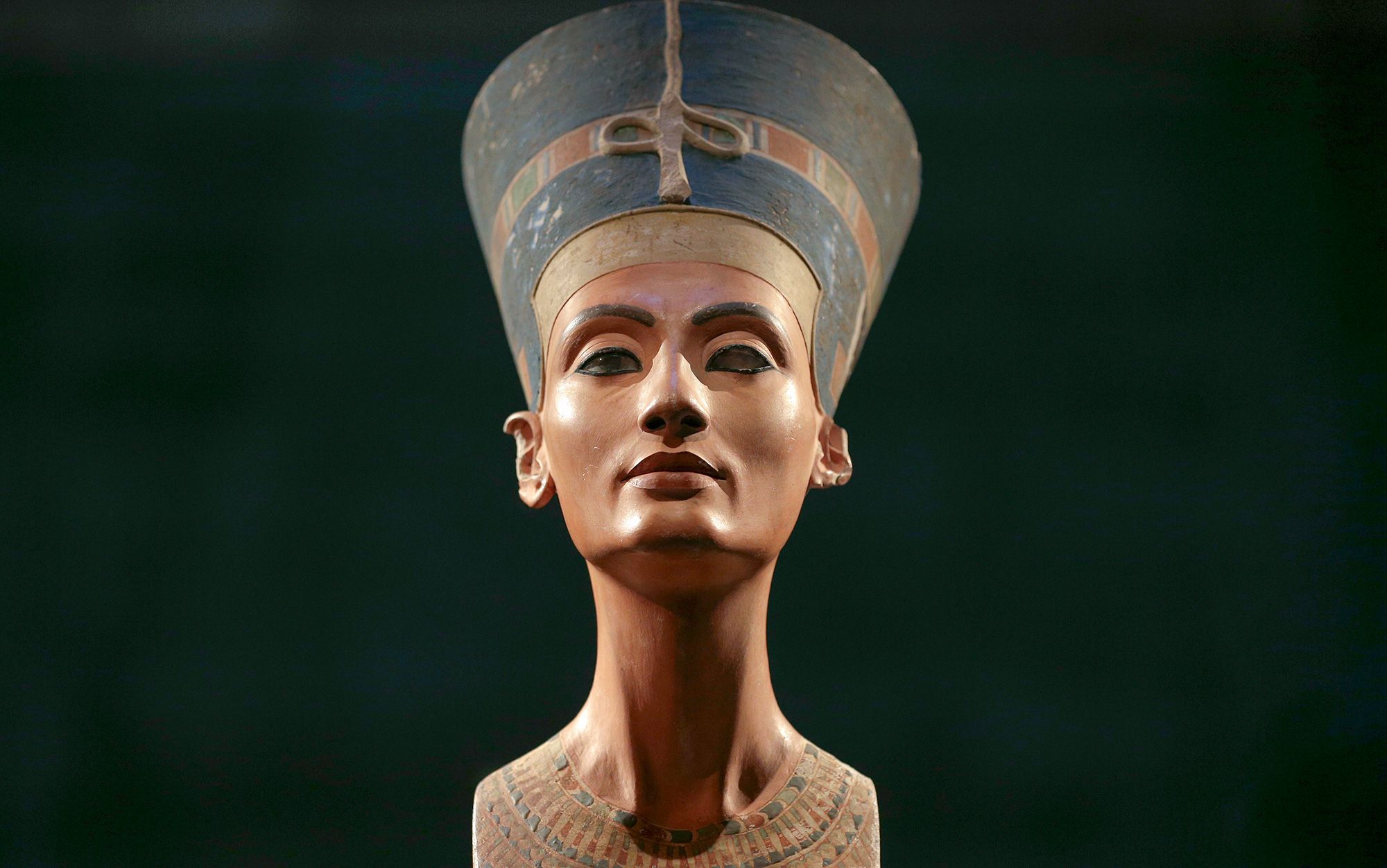
You can probably already tell from the picture that the Bust of Nefertiti is one of the best examples of ancient Egyptian art. Nefertiti was the wife of the great Pharaoh Akhenaten, and she played a prominent role during Akhenaten’s reign. The Bust of Nefertiti’s popularity remains similar today as it had been when it was first sculpted.
The Bust of Nefertiti was such a popular piece in ancient Egypt that it’s considered one of the most copied works of art during that time period. Nefertiti’s husband was well-known for doing his best to promote Aten, the sun god, as the one true god. In essence, Akhenaten had invented the monotheistic style of religion, though it didn’t work out with the ancient Egyptians. When his reign ended, King Tut returned things to the polytheistic pantheon.
The Colossi of Memnon

From the picture, it’s a little hard to tell the actual size of the Colossi of Memnon, but the moment you look at the trees, you’ll realize just how imposing these statues actually are. As with most other great works of art in the ancient Egyptian period, there’s quite a story behind it. In this case, the Colossi of Memnon were meant to represent Amenhotep III, known as one of the greatest rulers of ancient Egypt.
The reason why Amenhotep III was considered such a great leader was that he focused on culturally enriching his country, rather than focusing on military might like so many other pharaohs did. Amenhotep III achieved through peace what many thought could only be achieved through warfare, which is why so many history buffs consider Amenhotep III one of the greatest leaders of Egypt.
The Great Pyramid of Giza
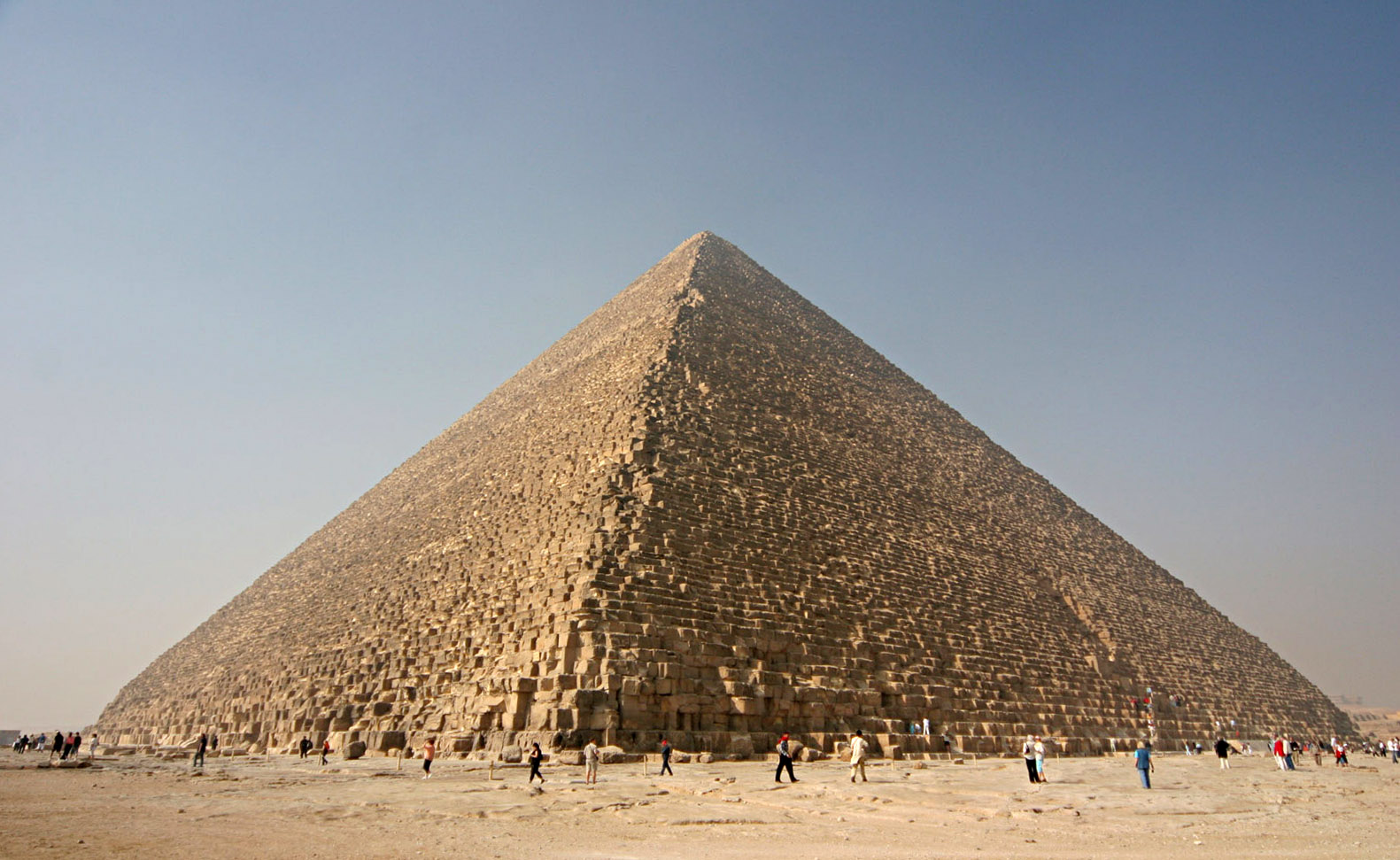
It would be remiss to talk about the greatest works of art in the ancient Egyptian dynasties and not mention one of the single greatest works in all of history. It’s not just an achievement for the ancient Egyptians, it’s also an achievement of humanity as a whole. The Great Pyramid of Giza is considered one of the world’s wonders for a reason. In fact, it’s the oldest of the Seven Wonders of the Ancient World, yet it’s the only one that remains intact.
It’s said that the Great Pyramid of Giza took almost three decades to build. Such a thing might seem like a long time with today’s modern tech, but it would still take years to build such a structure today. Keep in mind that the Great Pyramid of Giza is more than 4,000 years old. The technology at the time makes it seem like an impossible feat.
The Khufu Statuette
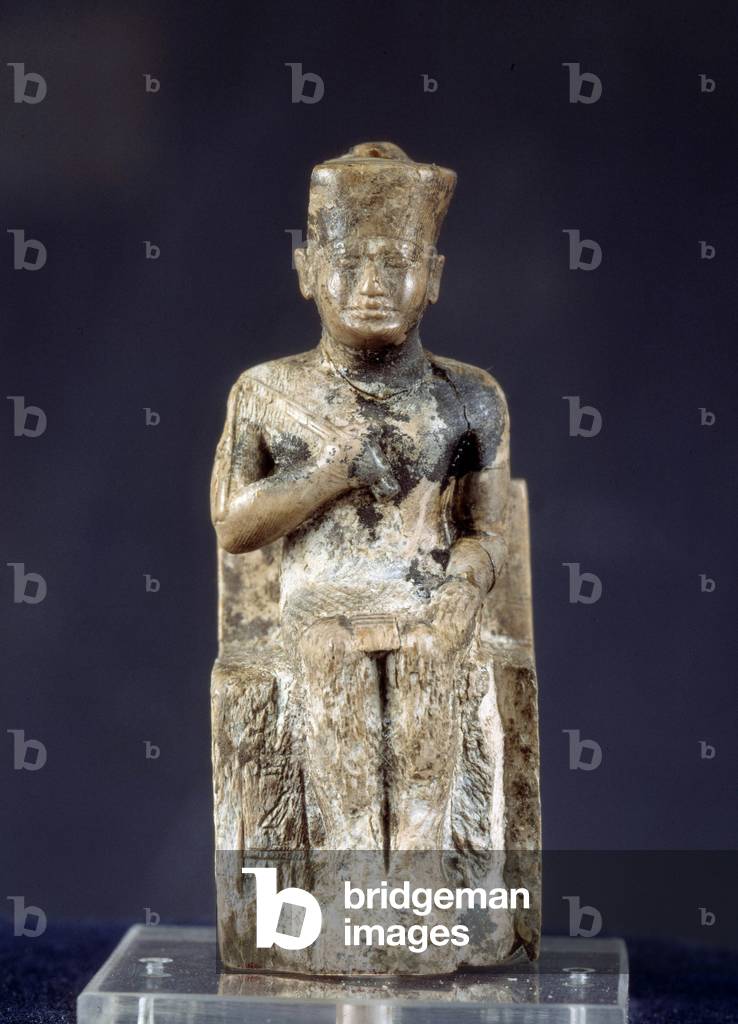
The great pyramids—and many other mammoth structures—were built as burial grounds for the great pharaoh. In many ways, these structures showcase the magnanimous and ostentatious nature of many of these pharaohs. The reason they were larger than life was that they were seen as literal gods among men. It’s strange that the person buried in the Great Pyramid of Giza, the most amazing burial chamber of them all, is only represented by a three-foot tall statuette.
Pharaoh Khufu was the person behind the Great Pyramid of Giza, and not much else is known about his reign. One of the few things left from the time period includes this statuette.
The Rosetta Stone
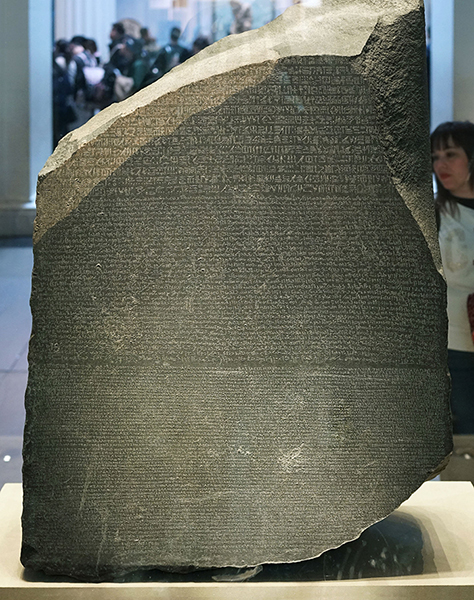
What’s the first thing that pops up into your head when you think about the Rosetta Stone? Typically, most people think about the program focused on teaching a variety of languages. The original Rosetta stone wasn’t meant to teach different languages, but it ended up being used that way by archaeologists and historians. The Rosetta Stone is a stele composed of granodiorite, and had an inscription of a decree in Memphis, Egypt.
The interesting thing about the Rosetta Stone is how it has three different languages inscribed. There’s the hieroglyphic script, the demotic script, and ancient Greek. Naturally, archaeologists made use of the three texts to try to translate most of the Egyptian hieroglyphics. Such is the reason why the Rosetta Stone is seen as a type of key, as it was used to unlock the language of ancient Egyptians.
The Book of the Dead
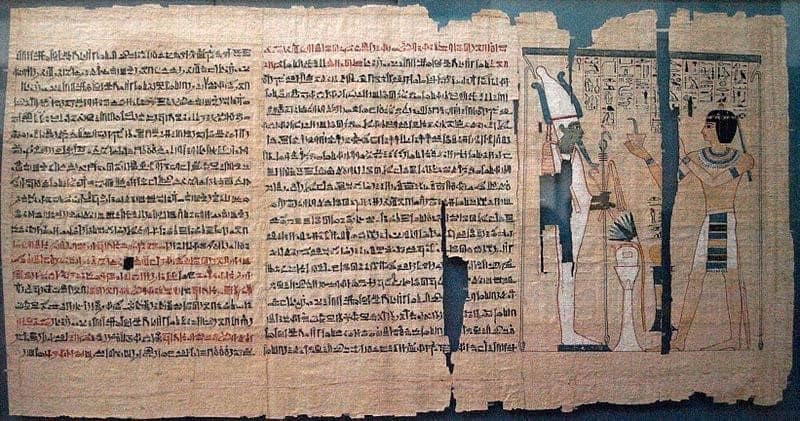
Those of you who have seen the Mummy series likely already know about the book of the dead as something used to help bring the dead back to life. The actual book of the dead has a collection of various spells that was used to help guide the dead through the afterlife. In a way, it helped resurrect the dead, only it resurrected them in the afterlife rather than the land of the living.
Many additions were made to the book of the dead throughout the ancient Egyptian dynasties, making the artifact a fantastic example of Egyptian culture through the years.
Narmer’s Palette

Not much is known about the first dynasty of the ancient Egyptian civilization, but there are still some artifacts that depict the unification of Upper and Lower Egypt. It was the unification of Egypt that turned the country into a superpower of the old world under the rule of a single pharaoh—seen as a living god. Narmer’s Palette depicts Narmer’s rise to power.
Narmer was identified by many historians to also be Menes, the first ruler of both Upper and Lower Egypt, and pharaoh of the first dynasty. Considering the age of the artifact, it’s one of the oldest examples of hieroglyphic writing. As such, Narmer’s palette is considered the oldest historical document in the known world. Such a distinction is befitting of a civilization as creative and advanced as the ancient Egyptians.
The Statue of Thutmose III

Among many of the statues of ancient pharaohs, the statue of Thutmose III features a certain elegance that’s usually absent in many depictions of a pharaoh. Perhaps it’s due to the statue’s resemblance to his stepmother, Hatshepsut. That said, the reason there aren’t too many depictions of Hatshepsut was that Thutmose III had all of her statues destroyed during his rule.
Thutmose III was no ordinary ruler. Even among the pharaohs he was an excellent military commander, and led many campaigns where he didn’t lose a single battle. He’s often compared to Alexander the Great, as he too never lost a battle. Compared to his stepmother and a pharaoh like Amenhotep III—who focused on peaceful political matters—Thutmose III was the exact opposite. He preferred warfare to just about everything else.
The Astronomical Ceiling

The tomb of Senenmut is distinct for holding the Astronomical Ceiling, one of the more mind-blowing works of art of ancient Egyptian culture. Senenmut was well-known for being a skilled architect, and he acted as the architect of Hatshepsut, who was the very first female pharaoh in history. She was only one of two female pharaohs—the second one was Cleopatra VII, who also had the distinction of being the very last pharaoh of Egypt.
Back to the Astronomical Ceiling, it’s undoubtedly the oldest map of its kind. It showcases the Egyptian calendar through illustrations, as well as holding various constellations and the planets still visible to the naked eye. One of the fascinating things about the Astronomical Ceiling is how Mars is missing from the illustrations.